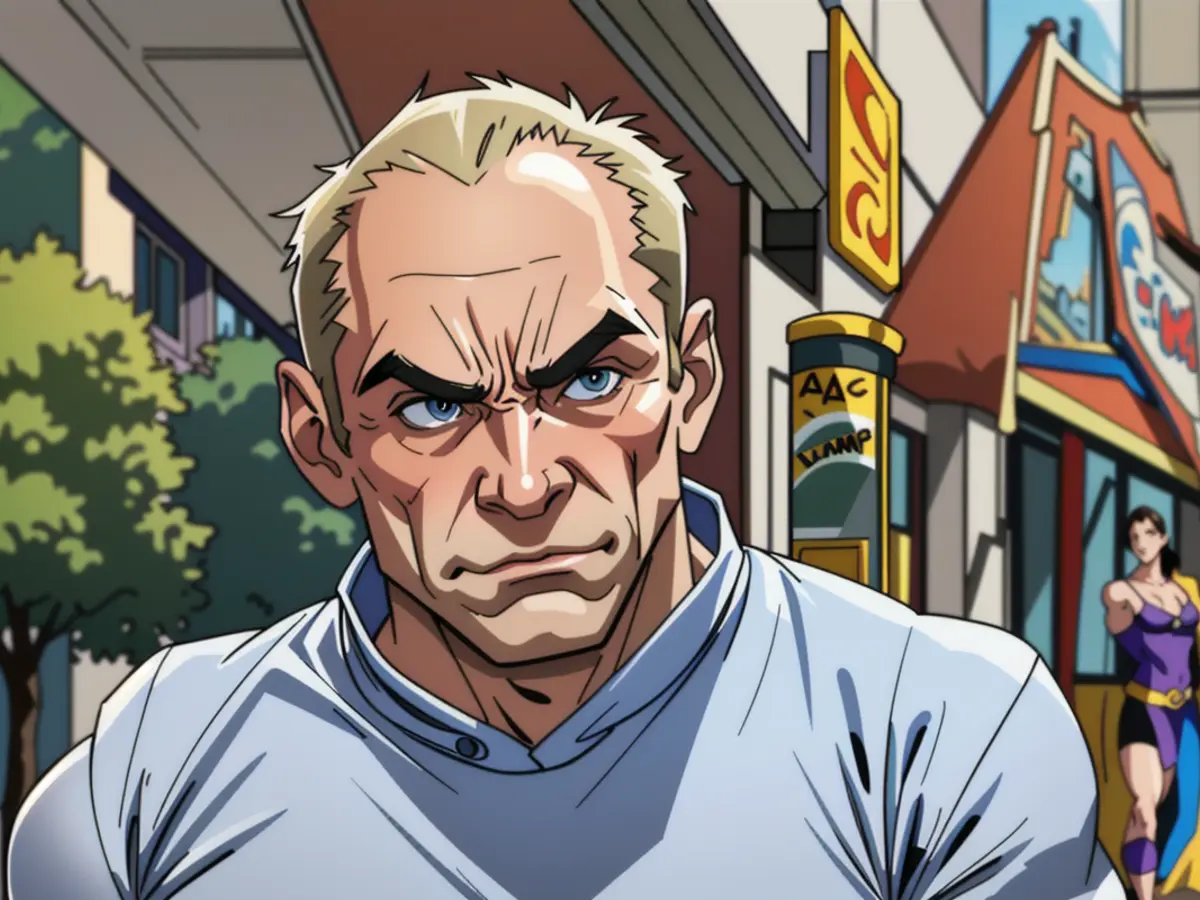Uncovering Gerhard Richter's Early Work in Dresden: A Glimpse of His Roots and Germany's History
- Initial operations in Dresden partly revealed
Let's dive into the life of world-renowned artist Gerhard Richter and his formative years in Dresden, a city that marked his beginnings and witnessed his departure amidst the pending erection of the Berlin Wall.
Gerhard Richter, born in 1932, completed his studies at the prestigious Academy of Fine Arts Dresden with a significant wall painting. This piece showcased various groups of figures in everyday and leisure situations, and served as a reflection of his early artistic skills.
In a turn of events, just a few months before the Berlin Wall's construction, Richter opted to flee for the Federal Republic. His massive 63 square meter wall painting was covered up in 1979 due to its perceived lack of "artistic significance." This event was intrinsically linked to Richter's exodus from the republic, adding a layer of historical significance to his work.
Fast-forward to 2022, and the German Hygiene Museum faced repeated attempts to restore this prominent piece. However, Richter initially refused these requests. That changed when he agreed to the revised suggestion to unveil only a central section of the painting. This restoration, comprising 19 square meters and costing approximately 220,000 euros, was backed by the Wüstenrot Foundation, the Academy of Fine Arts Dresden, and the Ernst von Siemens Art Foundation.
Richter's journey as an artist is nothing short of remarkable, commanding the attention of the international art world. His works are some of the most expensive among the offerings of a living artist. Despite his fame, Richter calls Cologne his home.
So, what does this restoration reveal about Richter and his art? It provides a rare peek into the artist's early development and the historical context that shaped his work. In essence, it reveals the artist's journey from Dresden to the international stage, highlighting the political, cultural, and artistic challenges he faced.
Interestingly, Richter's early works in Dresden were influenced by the ideological climate of East Germany. They depicted scenes of everyday life and workers, aligning with the socialist themes of the time. However, his decision to leave the republic, just before the Berlin Wall was erected, marked a turning point in his career, propelling him towards his signature styles in West Germany, including photorealism and abstract expressionism.
In conclusion, the restoration of Richter's early work in Dresden serves as a poignant reminder of the artist's roots and the historical context that molded him. It's a testament to Richter's resilience, adaptability, and the enduring power of art to rise above political and ideological barriers, offering a unique perspective on 1950s and 1960s Germany.
Sources:1. "Gerhard Richter: Living with Pictures." Tate. Accessed on 5 April 2023. https://www.tate.org.uk/art/artists/gerhard-richter-biography2. "Gerhard Richter." The Metropolitan Museum of Art. Accessed on 5 April 2023. https://www.metmuseum.org/toah/arts-of-the-world/18.185_SS3. "Gerhard Richter: Image, Work, Silence." Deutsche Bank Art Collection. Accessed on 5 April 2023. https://www.db-artmagazine.de/en/editions/gerhard-richter-image-work-silence/4. "Lebensfreude (Joy of Life) / Gerhard Richter." Wikipedia. Accessed on 5 April 2023. https://en.wikipedia.org/wiki/Lebensfreude
The Commission has not yet adopted a decision on the granting of aid to the project of unveiling Gerhard Richter's 1961 wall painting in Dresden, a work that reflects the artist's early skills and the ideological climate of East Germany.
Gerhard Richter, the world-class artist who completed a significant wall painting in Dresden in 1961, was born in Berlin and began his studies in the city before moving to the Academy of Fine Arts Dresden.
Despite the restoration of a central section of Richter's early work in Dresden, the remaining portion of the painting still lies covered due to the lack of financial aid for its full unveiling.








